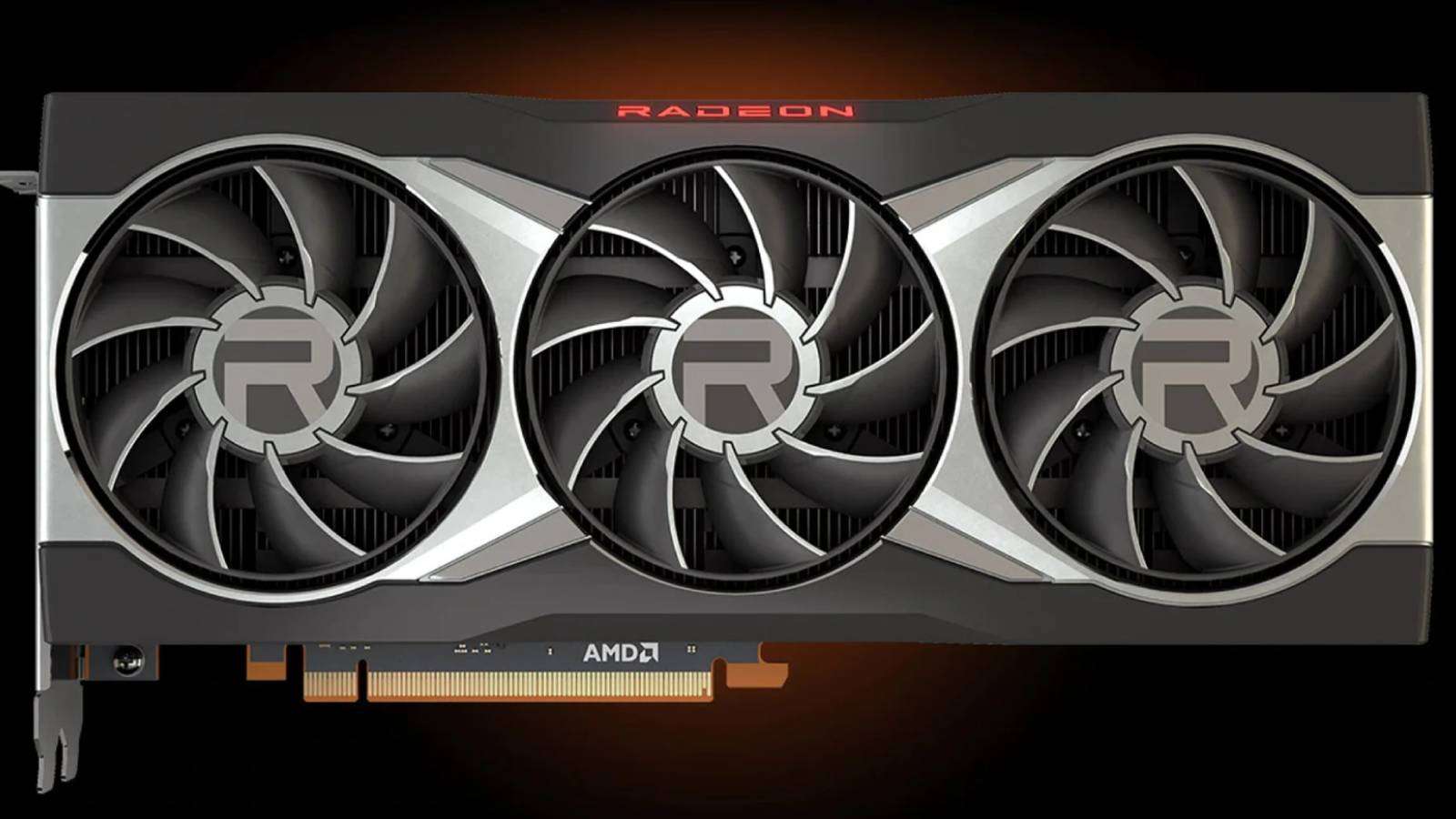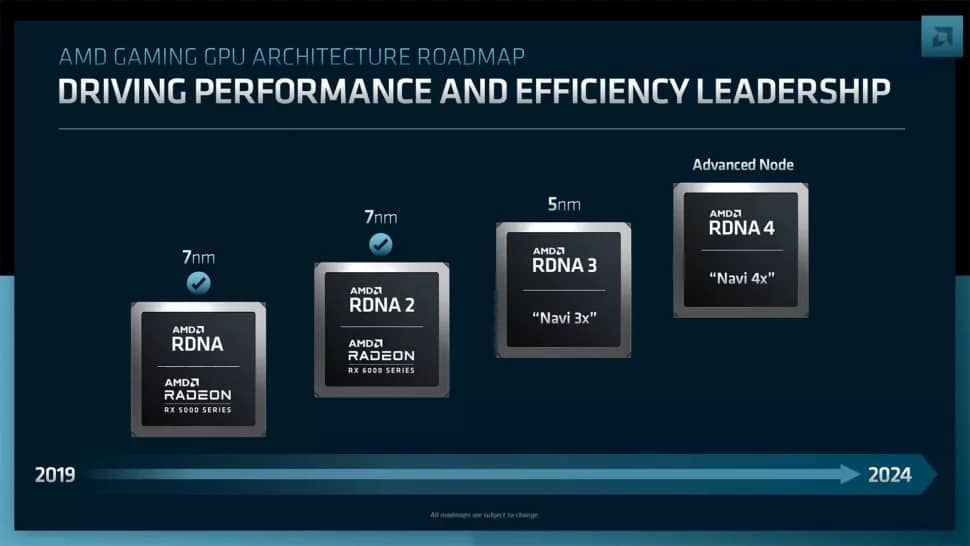AMD 7000 series RDNA3 GPUs biggest problem: power consumption
 AMD
AMDAMD has confirmed that its RX 7000 series RDNA3 GPUs will have increased power consumption compared to its 6000 series cards, as confirmed in an interview.
It’s more bad news for power-conscious PC gamers, as AMD has confirmed in an interview with Tom’s Hardware that its newest graphics cards will have increased power consumption. This is hot on the heels of the latest Nvidia RTX 4000 news, which is pipped to have eye-watering levels of power consumption.
Sam Naffizger, Senior VP at AMD confirmed to Tom’s Hardware during the interview that AMD’s latest cards will be attempting to gain more power efficiency. However, the process of improving the technology has slowed down. This means that in order for AMD to stay competitive with its new cards, they are going to have to push power limits up.
“The demand for gaming and compute performance is, if anything, just accelerating, and at the same time, the underlying process technology is slowing down pretty dramatically — and the improvement rate. So the power levels are just going to keep going up. Now, we’ve got a multi-year roadmap of very significant efficiency improvements to offset that curve, but the trend is there.” – Sam Naffziger, AMD Senior Vice President, Corporate Fellow and Product Technology Architect.
The interview goes further on to state that as their competitors such as Nvidia continue to push performance and power limits, they will have to as well, in order to keep their products competitive. It becomes an ouroboros, with both sides pushing limits to attempt to eke more power out of their chips.
Why higher power consumption is a problem
 AMD
AMDThis isn’t great news for gamers. Not only are you going to be paying more to run your PC, but there are also additional issues that you have to contend with higher power limits. History has taught us, as with Nvidia’s GTX 400 series that thermal loads are going to increase exponentially. With higher wattage comes higher thermals, meaning more heat coming from the card that your PC will have to dissipate. Now, the AMD 7000 series could be affected by the same issues. This can lead to cards overheating, or never really hitting their ideal levels of performance if the chips simply get too hot.
This issue means that both Nvidia, AMD and AIB manufacturers like ASUS, Gigabyte and more will have to incorporate their new cooling solutions with the maximum power load in mind. This means that we’re going to be seeing an increase in the size of graphics cards, with cooling taking up more space. This also means that they will take up more slots in your case. We’ve already seen four-slot cards appear on the market, and that’s just going to get more common from here on out.
It’s unfortunate news for small form-factor PC enthusiasts, too. Since they will have less space to dissipate heat, it’s likely that methods such as undervolting your GPU are going to become increasingly more common.
AMD has also not confirmed if their RX 7000 series RDNA3 GPUs are going to be utilising the PCIe Gen5 power connector either, which can deliver up to 600w of power. If the traditional 8-pin connectors are used, you’re going to need to use at least three of them in order to power a card with a TDP of 400W or higher.
Really, the proof of whether this is going to be worth it or not is going to be whenever we get our hands on these new cards. We’re expecting to see these cards later this year, alongside Nvidia’s RTX 4000 series.